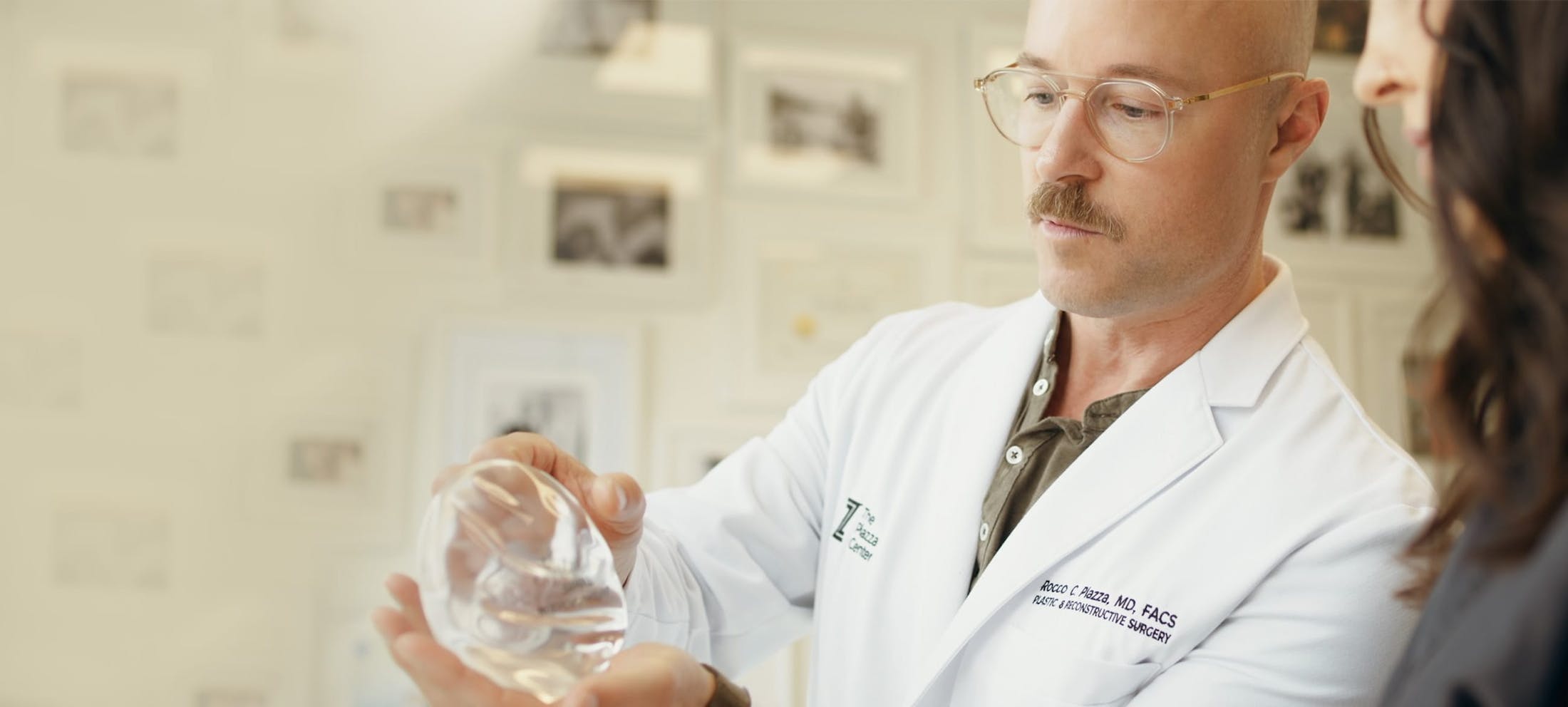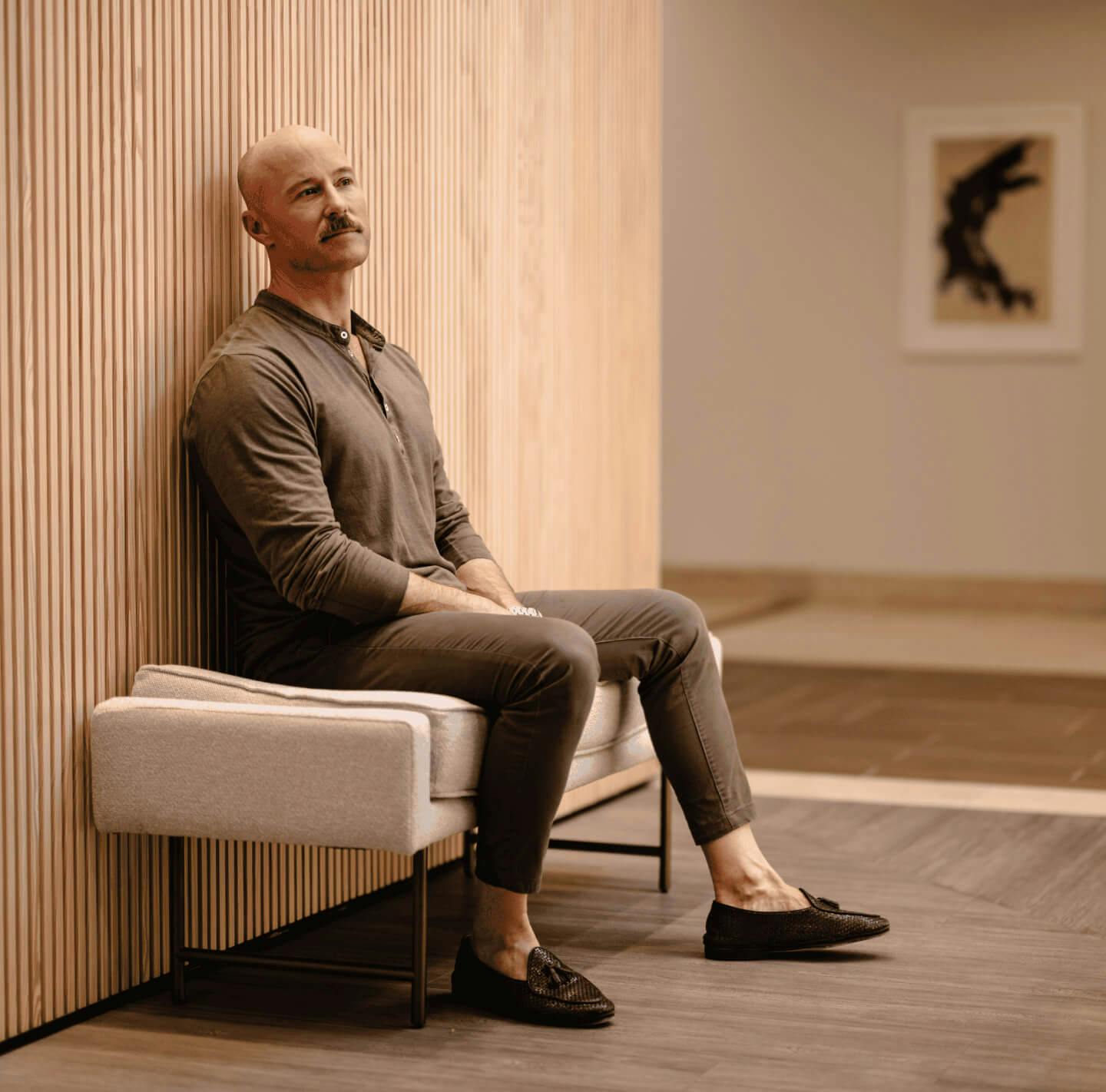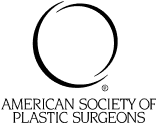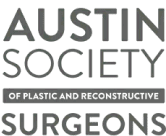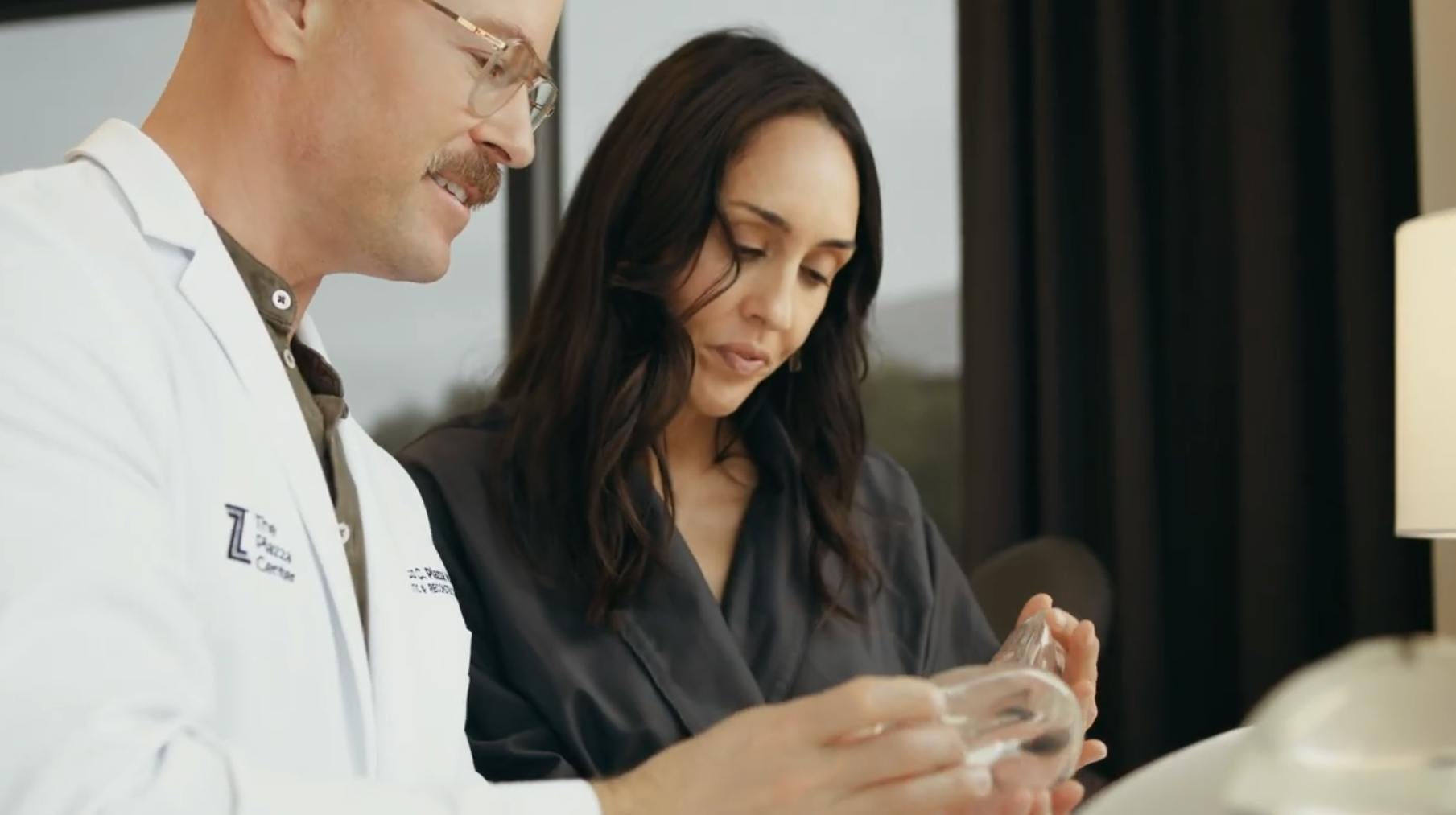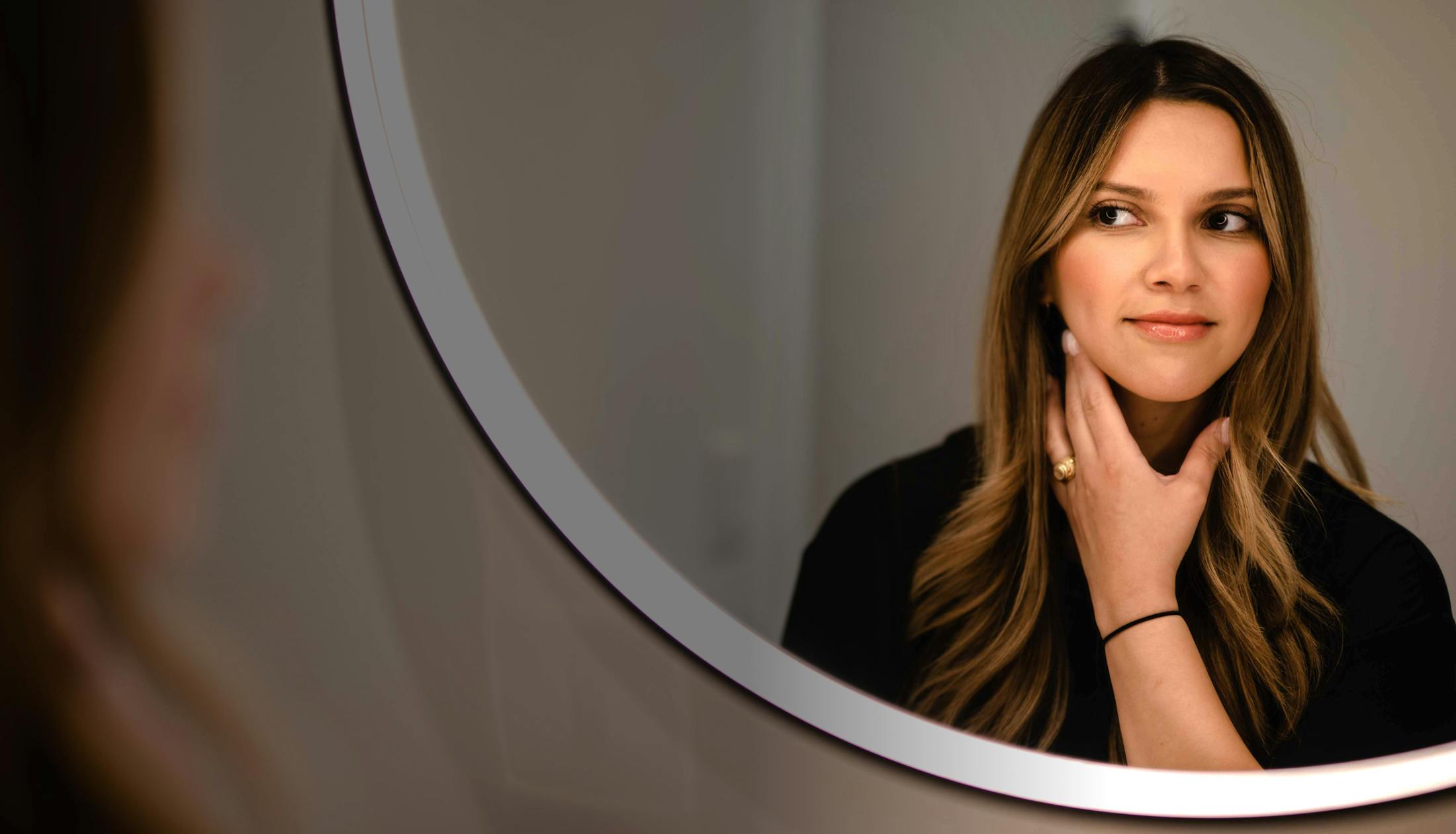Why Revision May Be Needed
Revision may be recommended when any of the following occur:
- Breasts feel firm or hard, indicating capsular contracture.
- Breast tissue and implant position are no longer aligned.
- Waterfall deformity has developed.
- The implant is too low, too high, or too lateral.
- Implants are more than 10–20 years old.
- Aesthetic goals have changed (desire smaller, softer, or more natural results).
- Symmetry has been lost over time.
- Implants have rippled or become visible.
- Animation deformity is present from submuscular placement.
These issues are not failures, they are predictable changes that occur as your body, anatomy, and lifestyle evolve.
